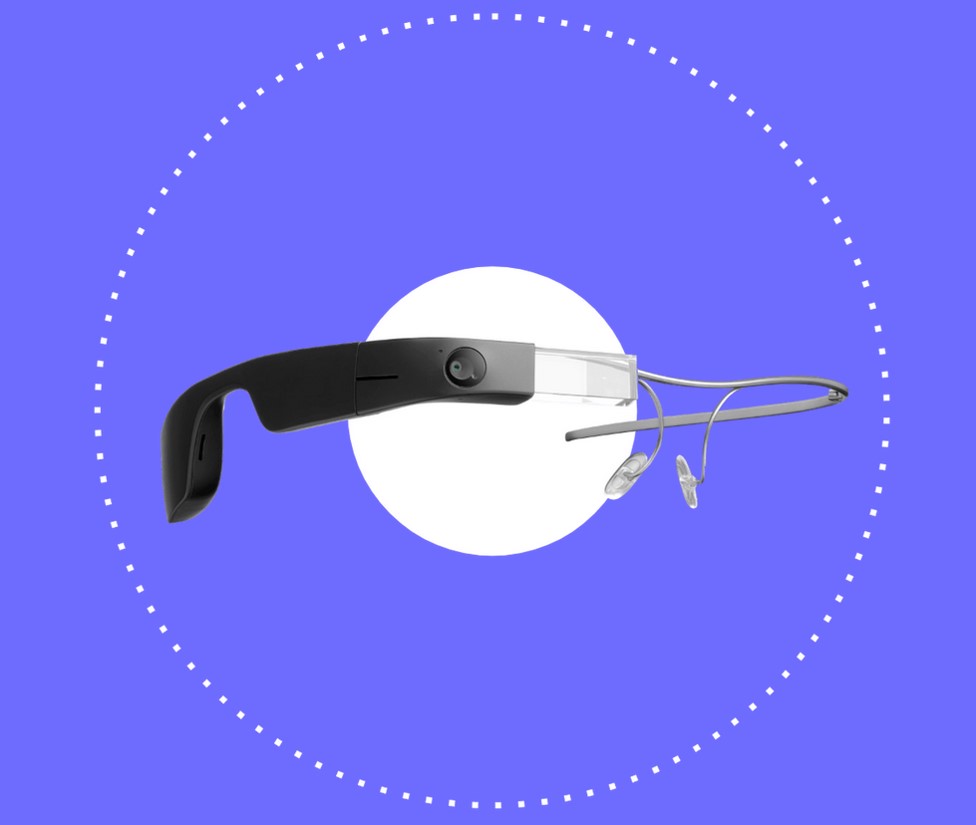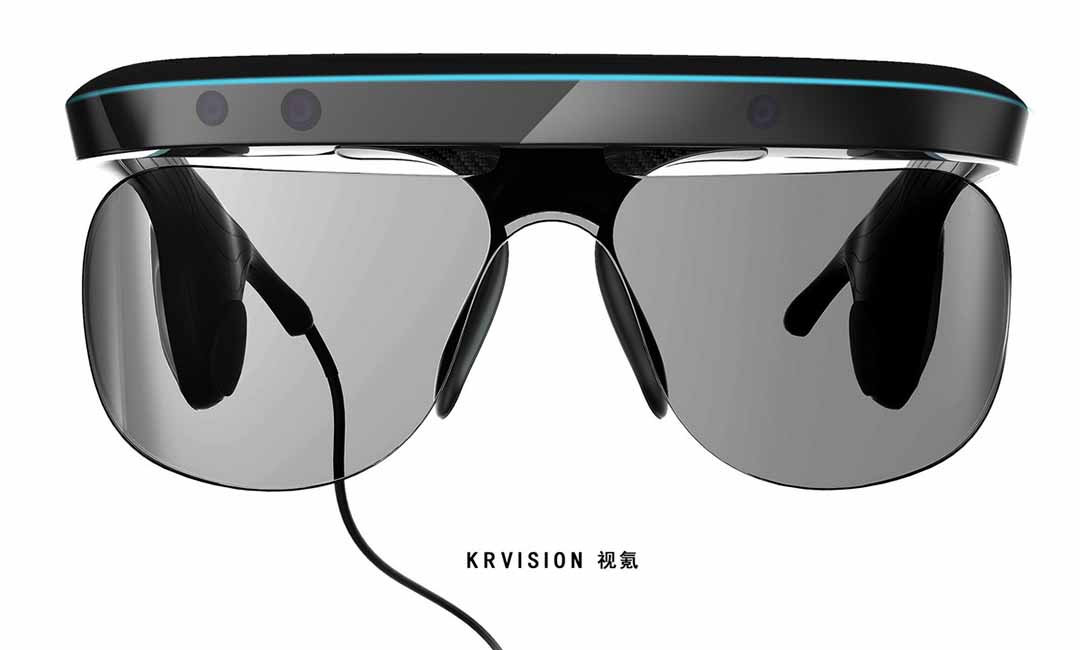Enhancing Availability With Assistive Innovation for the Blind
The combination of assistive innovation for the blind represents a pivotal innovation in availability, fundamentally modifying exactly how individuals browse their atmospheres and engage with culture. As we explore the varied types of assistive tools and their concrete impacts on day-to-day living, it ends up being essential to check out exactly how recurring technological developments are improving the landscape of support for the blind area.
Summary of Assistive Technology
Assistive innovation refers to a series of devices and software application created to enhance the capacities of individuals with specials needs, including those who are aesthetically damaged or blind. This innovation plays a crucial function in advertising independence and enhancing the quality of life for users. By providing alternate methods for accessing info and doing daily tasks, assistive innovation encourages individuals to navigate their settings better.
The growth and implementation of assistive innovation accept a variety of concepts targeted at cultivating ease of access. These principles include user-centered layout, which prioritizes the demands and preferences of the individual, and the assimilation of modern technology right into everyday activities. Such developments make certain that assistive devices are not just useful however simple and likewise intuitive to utilize.
In addition, assistive modern technology incorporates a diverse range of services, from low-tech choices like magnifiers to sophisticated technologies such as display visitors and Braille screens. The ongoing development of this area is driven by the demand to resolve the distinct obstacles faced by people with visual impairments (Wearable technology for low vision). As innovation remains to advancement, the potential for enhancing accessibility and promoting inclusivity continues to be encouraging, inevitably contributing to a more fair culture

Sorts Of Assistive Tools
Many kinds of assistive gadgets are available to sustain people that are blind or visually impaired, each designed to address certain needs and challenges. These devices can be generally classified right into 3 primary kinds: low-tech, mid-tech, and modern services.
Low-tech devices include items such as magnifiers, Braille tags, and tactile maps. These are reasonably basic devices that boost the customer's capability to interact with their environment without requiring complex technology.
Mid-tech gadgets commonly entail extra innovative features, such as electronic magnifiers and portable Braille note-takers. These gadgets can offer capabilities like speech result, allowing customers to gain access to info a lot more successfully.

Effect on Daily Living
The accessibility of numerous assistive devices substantially enhances the lifestyle for individuals who are blind or visually impaired, impacting their daily living in profound means. By integrating modern technologies such as display readers, Braille displays, and audio description services right into their routines, individuals acquire better freedom and self-reliance. These devices facilitate access to details, making it possible for people to carry out daily tasks, such as reviewing emails, navigating public spaces, and enjoying media material.
Furthermore, assistive gadgets encourage individuals to involve even more totally in social communications and area activities. The capacity to use smart devices furnished with ease of access functions allows for seamless communication and link with others. This connection fosters a feeling of belonging and minimizes feelings of isolation.
In expert settings, assistive innovation sustains performance by allowing people to total work jobs successfully. Devices like voice acknowledgment software and specialized zoom devices enable individuals to get involved in the labor force on equivalent footing with their sighted peers.

Improvements in Innovation
Current technological advancements have actually significantly transformed the landscape of tools readily available for people who are aesthetically damaged or blind. The combination of expert system (AI) and artificial intelligence has actually triggered applications that boost navigation and things acknowledgment. For instance, smartphone apps can currently use AI to identify and describe surroundings in real-time, giving individuals with important contextual info.
Additionally, improvements in haptic innovation have actually brought about the growth of smart walking canes geared up with sensing units that find challenges and give responsive comments. This encourages users to navigate their atmosphere with enhanced confidence and freedom. Technologies in text-to-speech software application and braille screens have actually boosted the ease of access of electronic material, allowing for seamless communication with numerous media.
Wearable innovations, such as clever glasses, are additionally making strides you can try this out in helping visual disability. As technology continues to progress, the capacity for even more transformative devices remains on the perspective.
Future Trends and Innovations
As innovation quickly progresses, the future of assistive devices for people who are blind holds enormous assurance. Technologies in expert system (AI) and artificial intelligence are poised to transform the method blind individuals engage with their settings. For circumstances, AI-driven applications are being established to boost things recognition, permitting individuals to recognize and browse their surroundings with higher simplicity and precision.
Moreover, innovations in haptic comments innovation are enabling the development of tactile maps and navigation help that supply real-time information with touch. These advancements not only enhance flexibility yet likewise foster freedom. In addition, wearable gadgets furnished with increased truth (AR) functions are emerging, offering individuals visual details through sound descriptions, thus connecting the space in between the physical and digital globes.
Moreover, the integration of smart home technology provides new chances for access, permitting individuals to manage their living atmospheres through voice commands or smart device applications. As look here collaboration in between technology developers and the blind area continues, the focus on user-centered layout will certainly make sure that future developments are tailored to fulfill the special requirements of this population (Wearable technology for low vision). The trajectory of assistive innovation guarantees a more empowering and comprehensive future for individuals who are blind
Verdict
In conclusion, assistive innovation plays an essential function in enhancing access for people click for info with aesthetic impairments. The varied variety of gadgets, including screen viewers and clever walking canes, dramatically boosts day-to-day living and promotes self-reliance. Constant innovations in innovation and user-centered layout guarantee that these tools cater successfully to the one-of-a-kind needs of the blind community. As advancements development, raised inclusivity and empowerment can be anticipated, ultimately enriching the quality of life for those impacted by aesthetic impairments.
The combination of assistive innovation for the blind stands for a critical improvement in accessibility, basically modifying just how individuals navigate their settings and engage with culture.Assistive modern technology refers to a variety of gadgets and software developed to enhance the abilities of individuals with specials needs, consisting of those that are blind or visually damaged. Wearable technology for low vision.As technology quickly progresses, the future of assistive tools for individuals who are blind holds tremendous promise. The trajectory of assistive innovation guarantees a much more empowering and inclusive future for people that are blind
In verdict, assistive modern technology plays a critical function in enhancing ease of access for individuals with aesthetic disabilities.